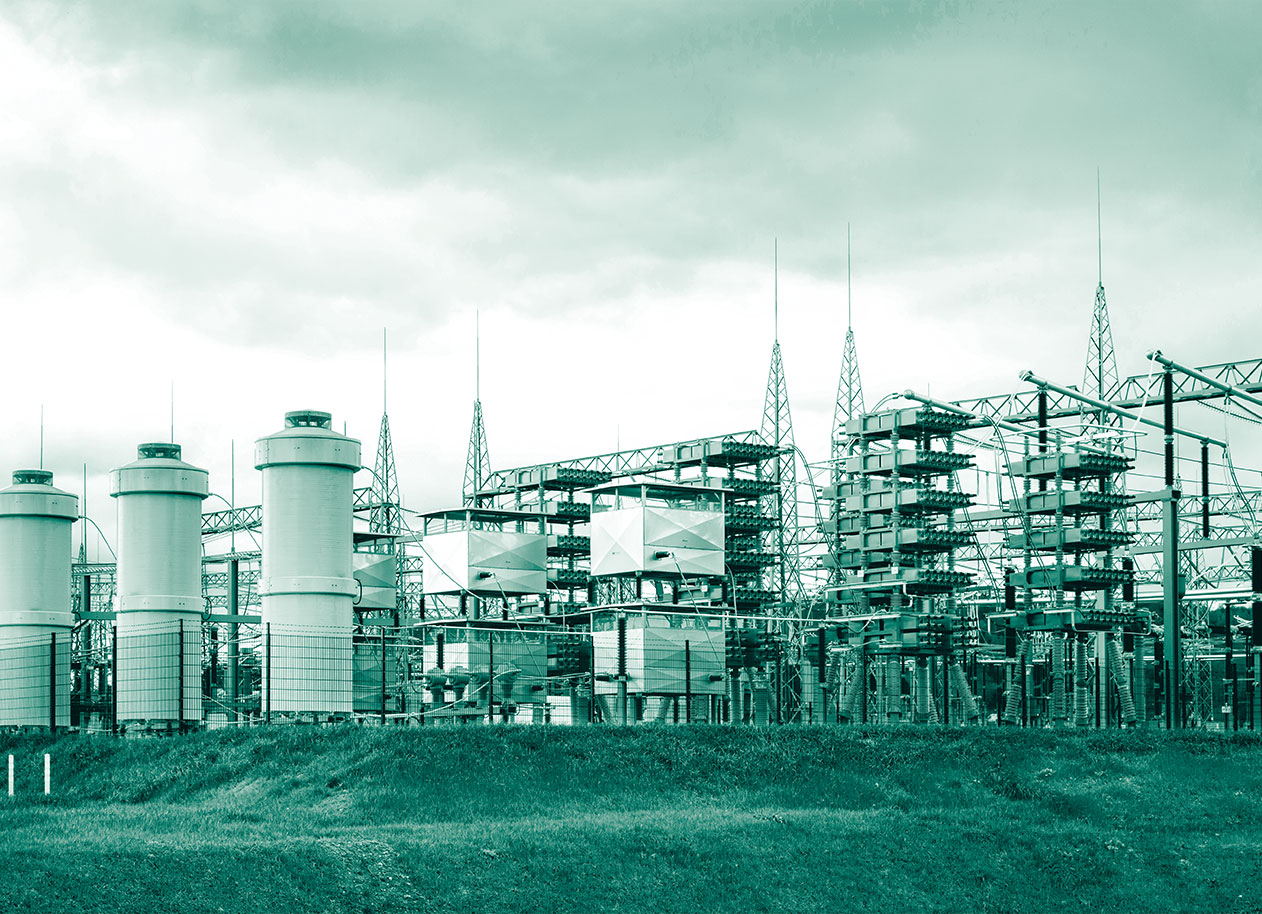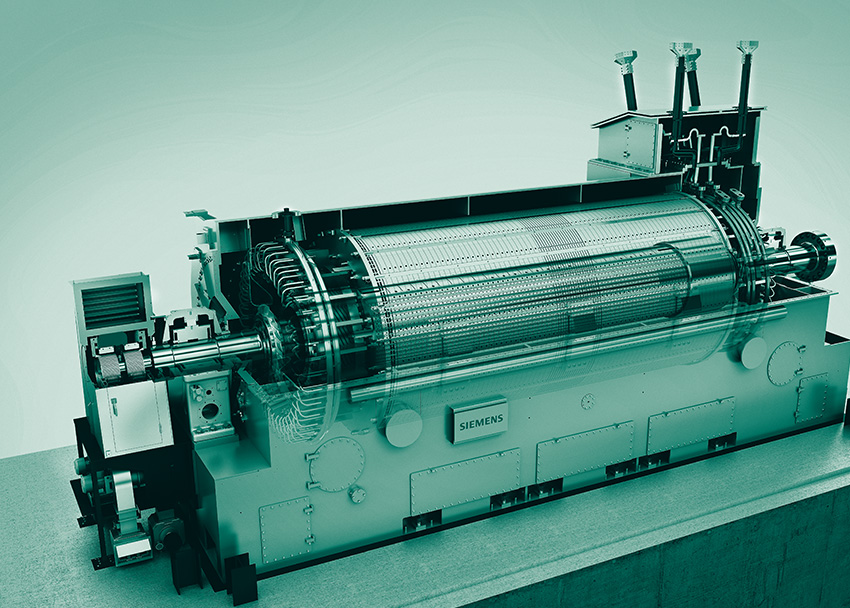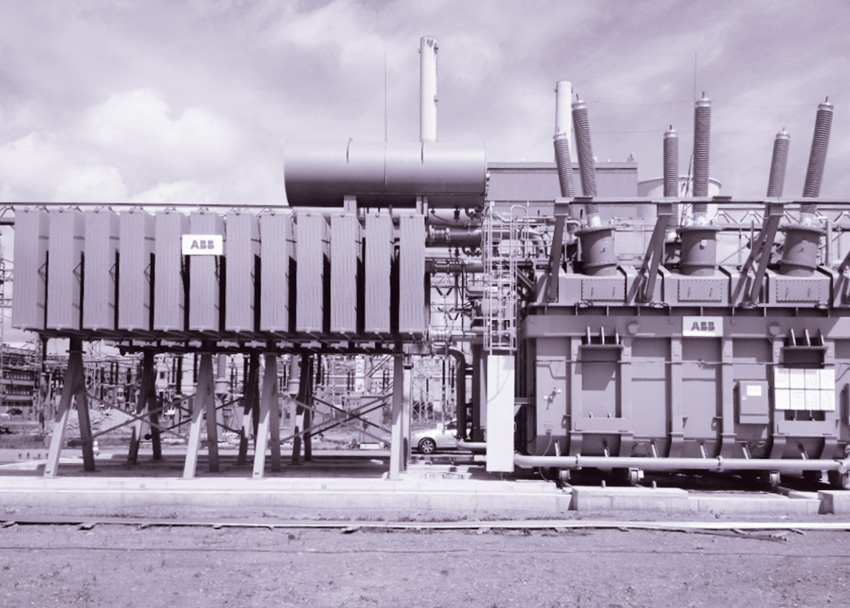Smart stations
Transformer substations are the nodal points of the transmission grid. The energy transition will lead to a broadening of their functions. Amprion is preparing its substations for this. Here is a quick rundown of the key technologies.

Transformer substations are the nodal points of the transmission grid. The energy transition will lead to a broadening of their functions. Amprion is preparing its substations for this. Here is a quick rundown of the key technologies.
For more than 80 years, transformer stations have connected the transmission grid with regional distribution grids, power plants and large industrial enterprises. If this power transfer is to function smoothly, the voltage has to be matched to the requirements of the customers. This “transforming” – from 380 to 110 kilovolts, for example – is performed by transformers.
As a result of the energy transition, wind and solar installations with heavily fluctuating generation patterns due to the natural whims of the weather feed electricity into the grid. This affects the voltage level in the grid. In future, the equipment installed in the transformer substations will play a key role in keeping the voltage level stable and, figuratively speaking, in regulating the traffic in the network. Amprion is preparing several transformer stations for these new tasks.
Stabilising the grid voltage
In order to build up the voltage in the AC grid, we need what’s called “reactive power”. This functions rather like a lubricant for the active or real power: the power that consumers can actually use. If the reactive power is too low, the voltage drops and the current flow is disturbed. If it is too high, less active power can be transported across the grid. Up to now, it was mainly the generators of large power stations that generated reactive power. However, with the phasing-out of coal and nuclear power, many of these generators are going offline. For this reason, Amprion is using more and more systems in transformer substations that absorb or generate reactive power as required.

STATCOM
A static synchronous compensator (STATCOM) is a power electronics device that can be used to raise or lower the voltage in the grid – steplessly and very quickly. This enables control engineers at Amprion to react immediately to changing conditions in the grid and stabilise the voltage.
Installation locations:
Kusenhorst and Dauersberg substations
(commissioning planned for second half of 2020)
MSCDN device
An MSCDN device uses mechanically switched capacitors to generate reactive power. MSCDN stands for mechanically switched capacitor with damping network.
Installation locations:
Essen-Eiberg and Bürstadt substations

Hybrid system
MSCDN and STATCOM devices can also be used in combination. In 2019, Amprion put its first hybrid power factor correction system into operation. It is the most powerful of its kind in the German grid.
Installation location:
Kriftel substation
Synchronous compensator
A synchronous compensator (aka rotary phase shifter) generates reactive power as soon as its rotational speed is synchronised with the frequency of the transmission grid. In addition, it provides what is known as short-circuit or fault power that supports the power grid in the event of a fault, and its rotating mass dampens frequency fluctuations in the grid.
Installation locations:
Oberottmarshausen and Uchtelfangen substations
Controlling power flows
Amprion uses what are called “phase shift transformers” in substations to divert power away from bottlenecks to less congested sections of the grid. They function like controllable resistors. The principle behind them: If the control engineers reduce the resistance, the power flow on a line increases. If they increase the resistance, the power flow is slowed down and parallel lines are loaded more heavily.

Phase shift transformer
Installation location:
Oberzier substation